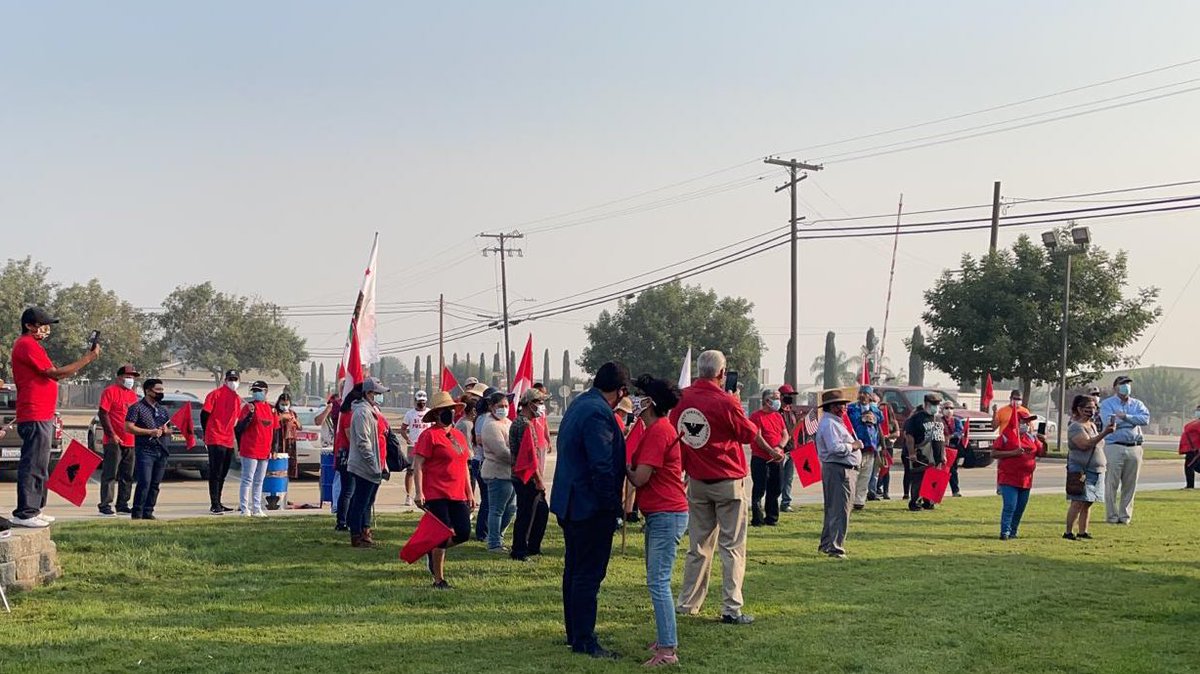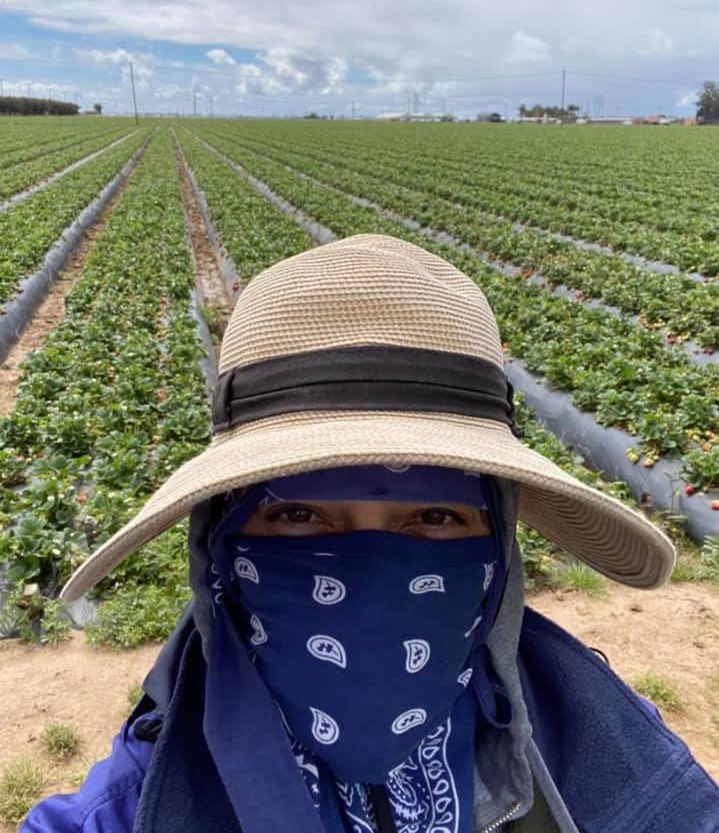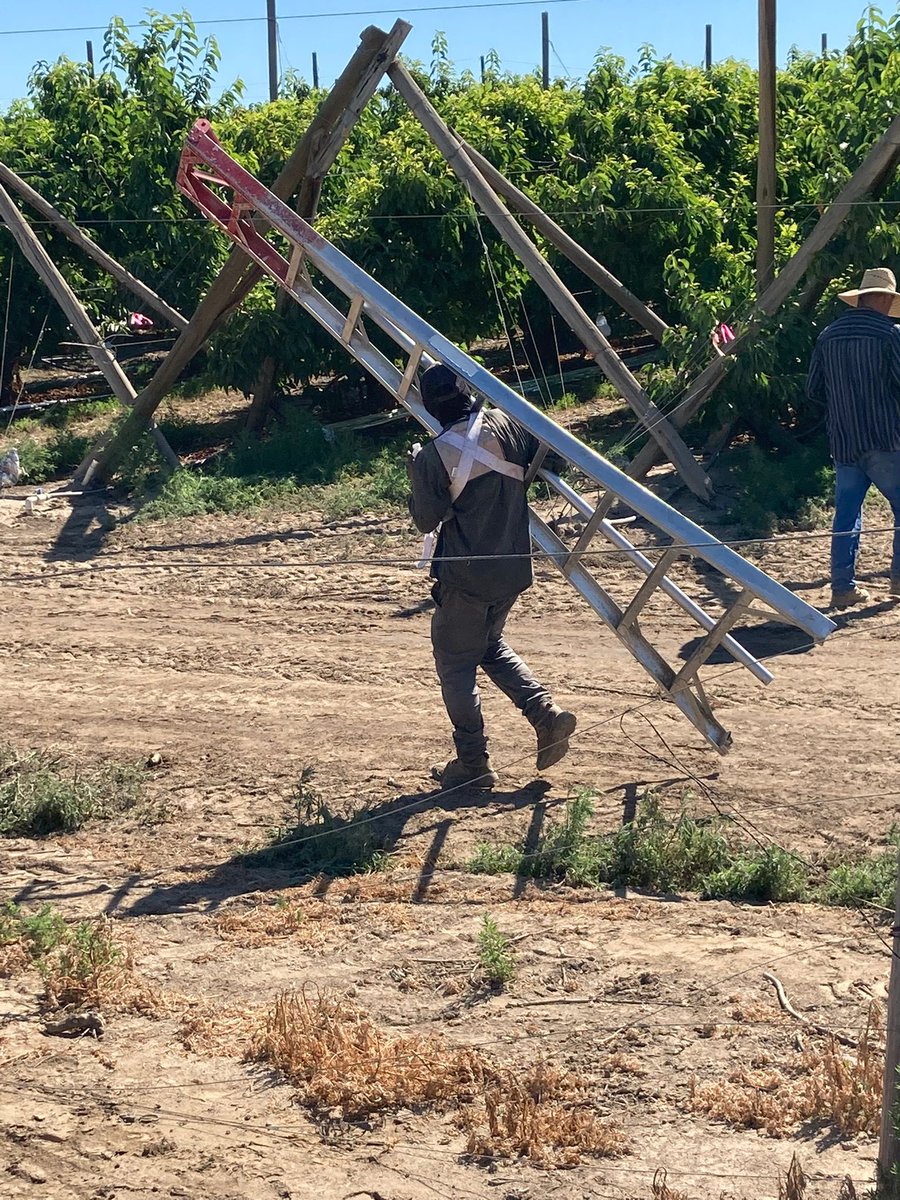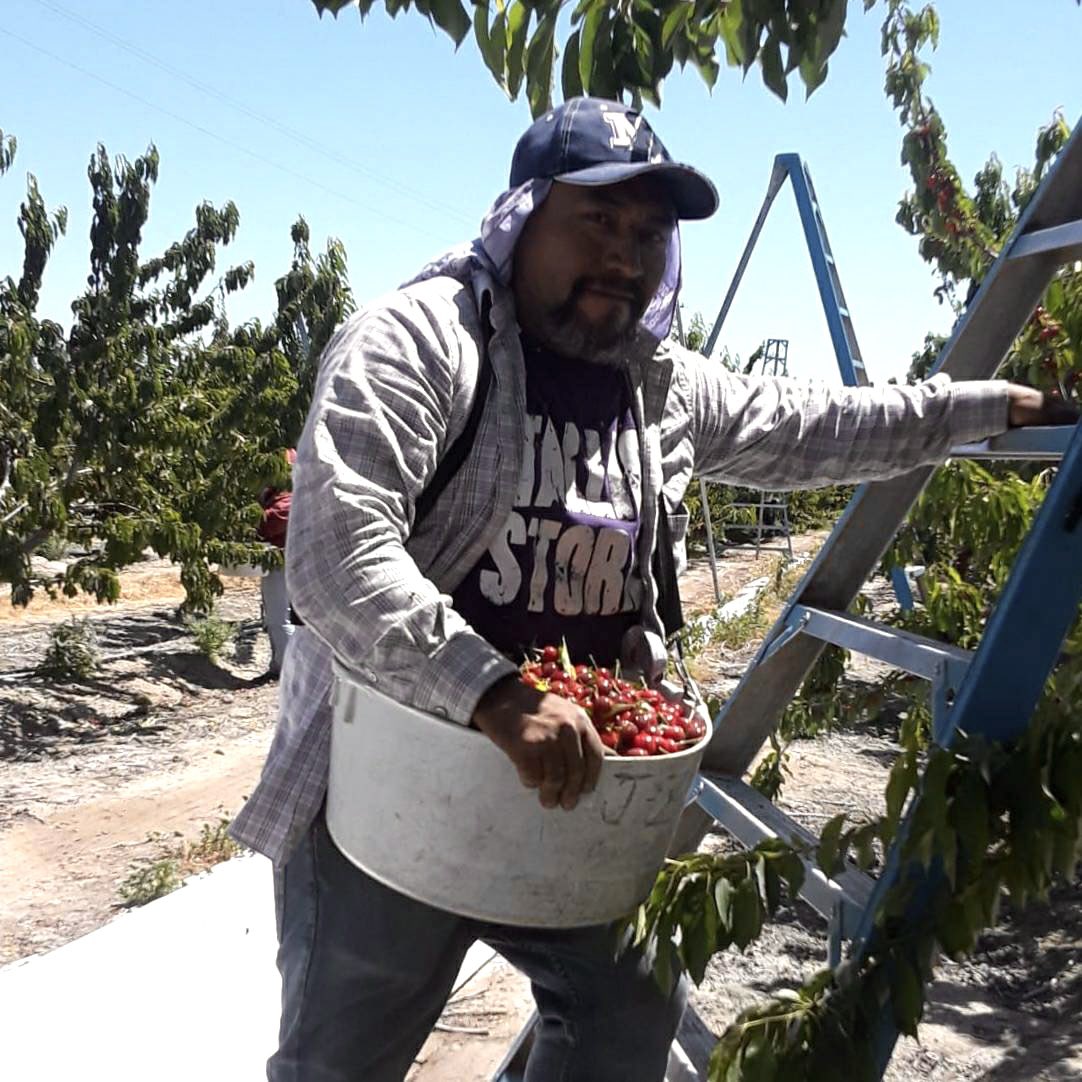
Our march continues to grow. As we march, our sights are set on Sacramento and on our right to vote in union elections without intimidation or fear.
@GavinNewsom, sign #AB2183.
@GavinNewsom, sign #AB2183.

To follow our progress, to learn more about #AB2183, to join our march, or to donate: ufw.org/caagvotingchoi…
Farm workers are marching 335 miles across CA’s Central Valley. Today’s path covers 18 miles of that hot and dusty road. We arrive in Sacramento on Aug 26.
We demand @GavinNewsom’s support of workers like us who put food on America’s tables. #AB2183
fresnobee.com/news/local/art…
We demand @GavinNewsom’s support of workers like us who put food on America’s tables. #AB2183
fresnobee.com/news/local/art…
Now on Day 8, with two weeks of road still stretched before us, we are greeted with support. They’re joining our march, housing and feeding us each evening, and finding us along the way to provide cold drinks and encouragement. #AB2183 



• • •
Missing some Tweet in this thread? You can try to
force a refresh













